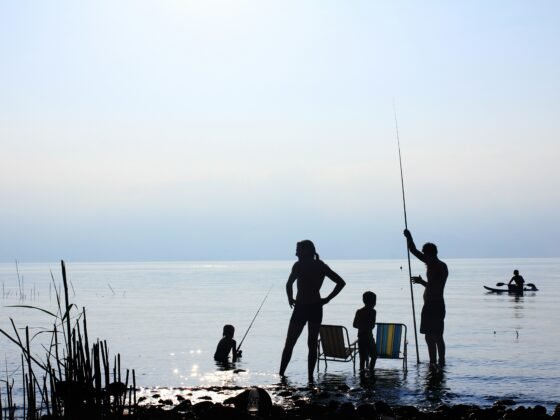Cruising the seas aboard a luxury vessel is an extremely popular way to holiday, but stories hit the headlines every now and again about a sickness epidemic or an accident aboard a cruise ship.
Slater and Gordon handle a number of accident-at-sea claims each year and although the majority of cruise ship operators take their safety and hygiene responsibilities very seriously, there are still accidents and illnesses that happen.
How safe are you?
Tragic, dangerous or unpleasant incidents are not exactly a regular occurrence on every cruise that you go on, but when something does go wrong and someone drowns or all the guests get sick, it does have a tendency to make the headlines.
Reading these stories is always go to a bit worrying or extremely disturbing, depending on your outlook, but just how unsafe is to be a passenger on a cruise ship?
All of the cruise ships in operation are subject to regular inspections and need to meet international safety standards that cover passenger safety, hygiene and other relevant issues.
There are a set of international rules which are known as Safety of Life at Sea (SOLAS) and every single cruise ship around the world, regardless of their current location, is duty-bound to observe and adhere to these safety standards.
SOLAS covers everything from fire safety, health and safety in general and even maritime security, so it is a comprehensive set of regulations, which the cruise operators do take seriously.
Of course, high-profile incidents like the Costa Concordia sinking, where 32 people perished, and a serious fire on board the Carnival Triumph, are significant events. The fact remains however, that in comparison to other forms of transport, cruising experiences fewer fatalities per billion passenger miles than any other mode of travel, such as cars, planes and trains.
Good safety on board
When you are a passenger on board a cruise ship, your sole intention will almost certainly be to enjoy a relaxing holiday and to sample all of the good food and wine at your disposal.
As with any holiday scenario, although you are trying to enjoy a well-earned break and in a relaxed frame of mind, you should still practice some basic safety procedures to stay as safe as possible.
Falling overboard is very difficult to do and every cruise ship adheres to strict rules about railing and balcony heights.
Accepting drinks from strangers or agreeing to go to a room of someone you don’t know, is something you would not do at home, so the same rules of engagement apply on a ship.
Illness
Food safety standards and hygiene are important issues for cruise ship operators, who don’t want you to get ill and don’t want an outbreak on their ship.
The odds of actually getting a stomach bug on board are estimated to be as low as 1% and many ship have plenty of hand sanitizers strategically placed, to make sure your hands are clean before entering any food areas.
Buffet-style food options could be a potential source of shared germs, so make sure you don’t share any plates with anyone else and respect the sanitization routines, even if it seems a bit overbearing at times.
Safety at sea on a cruise ship is perfectly achievable, provided you adhere to some basic rules, such as observing the evacuation process if the unlikely event of an abandonment becomes a reality.
Jasmine Myers has worked in the travel industry for many years in various roles including a few years on a cruise ship. She enjoys writing travel articles, particularly on the topic of safety abroad, which are published on a range of travel blogs.












